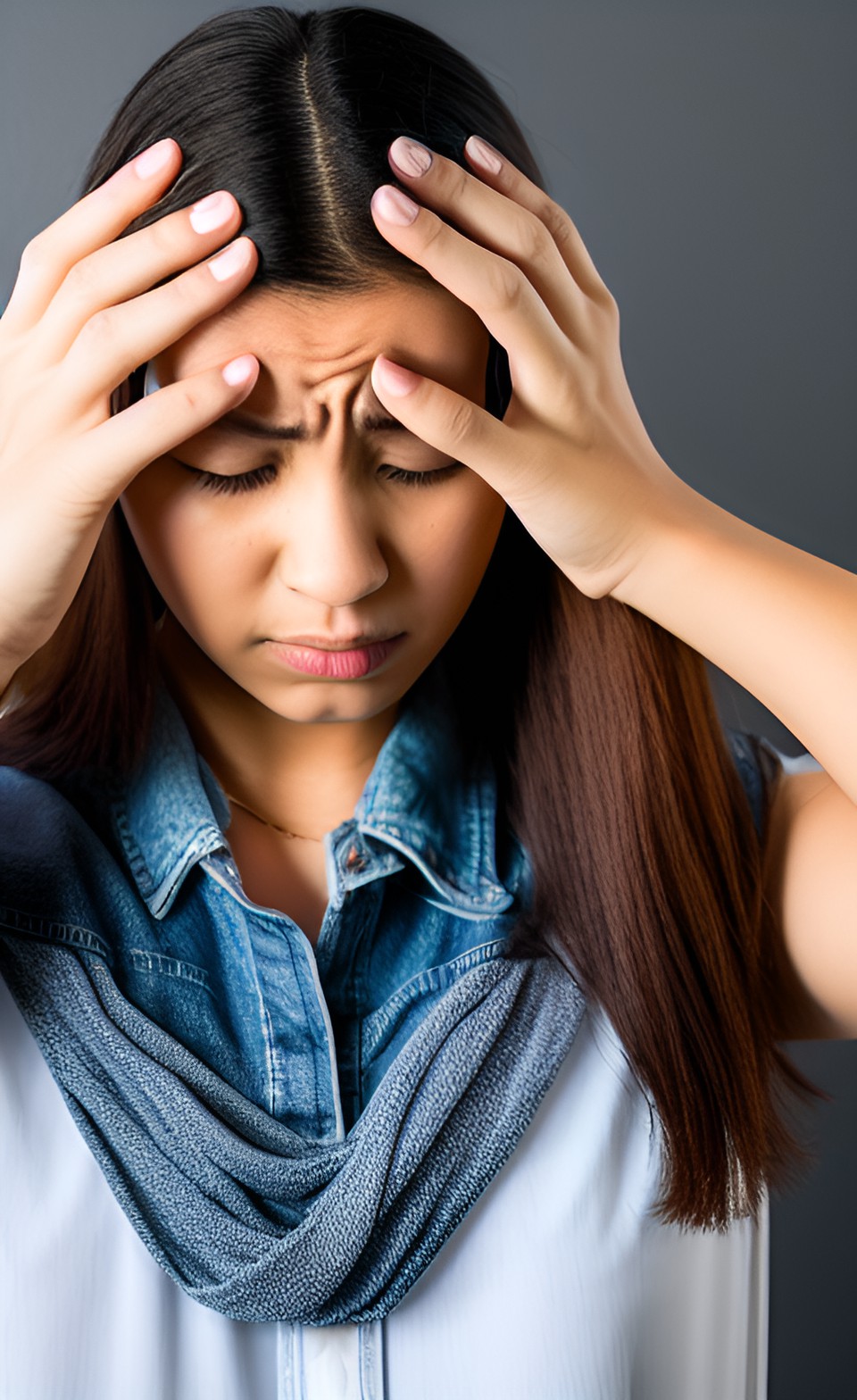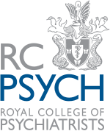Anxiety
What is Anxiety?
Anxiety is something that everyone experiences at some point in their life.
Anxiety is a feeling of unease, worry, excessive fear or panic, and this leads to behavioural disturbances. Anxiety is the main symptom of a group of anxiety conditions.
What are the different types of anxiety?
There are a number of different types of anxiety disorders
The types of anxiety
Generalised anxiety disorder (GAD)
Social anxiety disorder
Panic disorder
Agoraphobia
Claustrophobia
Specific phobias
Health anxiety
Obsessive-compulsive disorder (OCD)
Post-traumatic stress disorder (PTSD)
What can untreated anxiety lead to?
Anxiety is a condition that many people experience at some stage in their life, but what other health conditions can develop if anxiety is left untreated? Here to explain more is leading London-based consultant psychiatrist and sleep physician, Dr Dipesh Mistry.
How common is generalised anxiety disorder (GAD)?
In the UK, 4 million people, or 6% of the population are affected by generalised anxiety disorder
In the USA, 6.8 million people, or 3.1% of the population are affected by generalised anxiety disorder.
In the UK, generalised anxiety disorder is underdiagnosed, and fewer than half of people with GAD seek treatment, and fewer
than one third of people with GAD receive adequate treatment.
Prevalence of generalised anxiety disorder is highest in high-income countries, lower in middle-income countries lowest in
low-income countries.
How did the COVID-19 pandemic affect the prevalence of anxiety?
In the first year of the COVID-19 pandemic, global prevalence of anxiety disorders increased by 25%.
Young people, women and people with pre-existing physical health conditions were found to be disproportionately at risk of developing anxiety disorders during the COVID-19 pandemic.
Fewer than half of people with generalised anxiety disorder seek treatment.
Which age groups have the greatest risk of generalised anxiety disorder?
Generalised anxiety disorder is most common in people aged between 35 and 55, although recent studies have shown
increases in GAD rates in men and women in the 18-24 and 25-34 age group.
Generalised anxiety disorder is the most common anxiety disorder in older age, with up to 4.7% of older adults affected.
What are the risk factors for generalised anxiety disorder?
Female sex – GAD is twice is common in women than in men
A family history of anxiety disorders
Depression – around 62% of people with GAD have at least one episode of severe depression during their lifetime.
Chronic health conditions such as arthritis, cancer, cardiovascular disease and respiratory conditions
Sleep disturbances, especially chronic insomnia and restless leg syndrome
Difficult social circumstances
History of adverse events during childhood such as maltreatment or neglect
Witnessing domestic violence as a child, or exposure to an overly harsh preventing style
History of being bullied
History of physical assault or sexual abuse
What are the signs and symptoms of generalised anxiety disorder?
Struggling to sleep at night
Rapid and shallow breathing
Dizziness and feeling lightheaded
Numbness or tingling sensations
Feeling on edge and irritable
Stomach cramps
General apprehension
Difficulties concentrating
Trembling
Nausea
Palpitations
Passing urine more frequently than usual
Hot and cold flushes
Muscle tension
Sweating
Around 60-70% of patients with generalised anxiety disorder also have insomnia.
Can generalised anxiety disorder be treated?
Yes, generalised anxiety disorder does improve with the appropriate treatment.
Is it possible to treat generalised anxiety disorder without taking medications?
It is possible manage generalised anxiety disorder without medications.
What are my treatment options if I have generalised anxiety disorder?
Psychological therapy, such as cognitive behavioural therapy (CBT)
Medications
Optimising sleep and nutrition
Regular exercise
Relaxation techniques
Transcranial magnetic stimulation (TMS)
It is important to work closely with your health care provider to put together a treatment plan tailored to your individual needs, and appropriate for the nature and severity of your generalised anxiety disorder.
What are the consequences of untreated generalised anxiety disorder?
Untreated generalised anxiety disorder is associated with disability, reduced ability to work, loss of productivity, and an
increased risk of suicide.
Untreated anxiety results in an increased risk of developing depression and insomnia. It can also affect a person’s confidence,
and their overall quality of life.

What are the physical health consequences of generalised anxiety disorder?
Generalised anxiety disorder can worsen physical health conditions such as:








